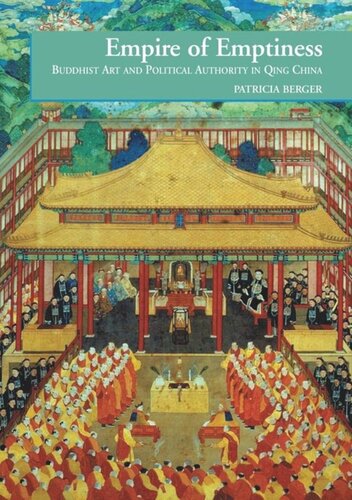

Most ebook files are in PDF format, so you can easily read them using various software such as Foxit Reader or directly on the Google Chrome browser.
Some ebook files are released by publishers in other formats such as .awz, .mobi, .epub, .fb2, etc. You may need to install specific software to read these formats on mobile/PC, such as Calibre.
Please read the tutorial at this link: https://ebookbell.com/faq
We offer FREE conversion to the popular formats you request; however, this may take some time. Therefore, right after payment, please email us, and we will try to provide the service as quickly as possible.
For some exceptional file formats or broken links (if any), please refrain from opening any disputes. Instead, email us first, and we will try to assist within a maximum of 6 hours.
EbookBell Team

0.0
0 reviewsImperial Manchu support and patronage of Buddhism, particularly in Mongolia and Tibet, has often been dismissed as cynical political manipulation. Empire of Emptiness questions this generalization by taking a fresh look at the huge outpouring of Buddhist painting, sculpture, and decorative arts Qing court artists produced for distribution throughout the empire. It examines some of the Buddhist underpinnings of the Qing view of rulership and shows just how central images were in the carefully reasoned rhetoric the court directed toward its Buddhist allies in inner Asia.
The multilingual, culturally fluid Qing emperors put an extraordinary range of visual styles into practice--Chinese, Tibetan, Nepalese, and even the European Baroque brought to the court by Jesuit artists. Their pictorial, sculptural, and architectural projects escape easy analysis and raise questions about the difference between verbal and pictorial description, the ways in which overt and covert meaning could be embedded in images through juxtaposition and collage, and the collection and criticism of paintings and calligraphy that were intended as supports for practice and not initially as works of art.